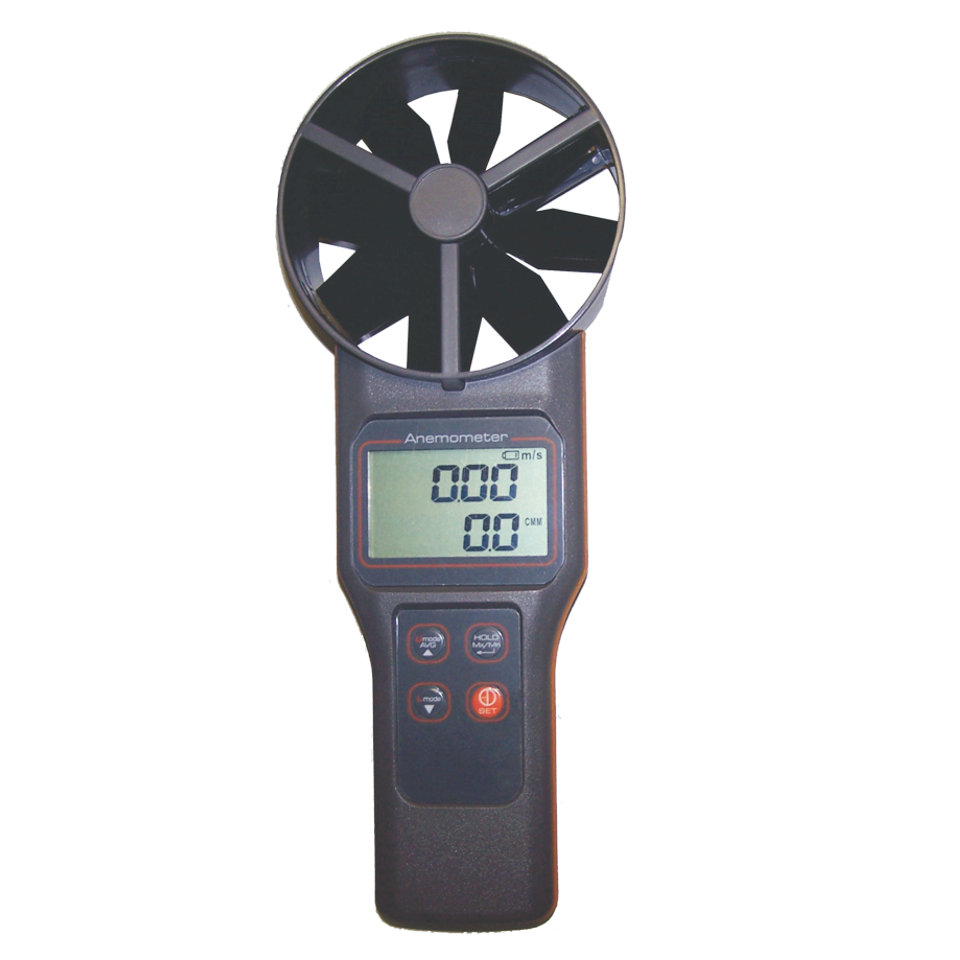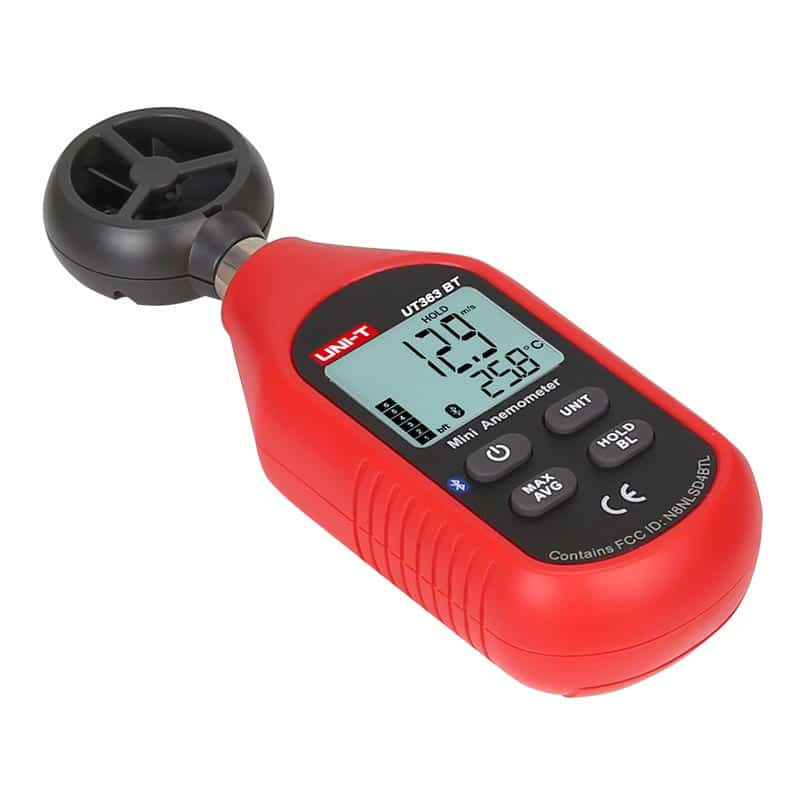Anemometer Innovations: The Current Modern Technology for Wind Rate Dimension
Anemometer Innovations: The Current Modern Technology for Wind Rate Dimension
Blog Article
All You Need to Understand About Anemometers: How They Function, Why They Issue, and Where to Utilize Them
Anemometers, though usually overlooked in the world of scientific instruments, play a crucial role in different fields, providing important insights into wind speed and air flow patterns. Comprehending the technicians behind these gadgets is important for anyone seeking to harness the power of this data. From meteorologists tracking weather patterns to designers creating frameworks with wind loads in mind, the applications of anemometers are varied and far-reaching. As we delve into the intricacies of anemometer innovation, we will reveal the internal operations of these gadgets, their relevance, and the vital considerations when selecting the best anemometer for particular applications.

Anemometer Fundamentals
An important tool utilized to gauge wind speed and instructions, the anemometer plays a critical role in meteorology and different markets. An anemometer generally consists of 3 or four mugs that turn in the wind, a vane that points into the wind, and sensors to track the activities or rotations.
There are numerous kinds of anemometers readily available, consisting of cup anemometers, vane anemometers, hot-wire anemometers, and sonic anemometers, each with its special attributes and applications. Mug anemometers are frequently utilized for fundamental wind speed measurements, while vane anemometers are chosen for directional measurements.
Concepts of Anemometer Procedure
Structure on the fundamental understanding of anemometer essentials, the principles of anemometer operation clarify the mechanics behind wind speed and direction dimensions. Anemometers operate the principle of airflow impacting a sensing unit, triggering it to revolve. Cup anemometers, for instance, have three or more cups that record the wind, causing them to spin faster as the wind speed rises. The turning speed is then converted into a wind rate measurement. Vane anemometers, on the other hand, utilize a tail or a probe that aligns itself with the wind instructions, supplying a measurement of wind direction based upon the alignment of the sensing unit. Hot-wire anemometers depend on a warmed cord that cools as wind passes over it, with the price of cooling establishing the wind speed. Ultrasonic anemometers measure wind speed and instructions by evaluating the moment it takes for ultrasonic signals to travel in between transducers. Understanding these principles is crucial for precise and dependable wind measurements in numerous applications.
Significance of Anemometers
The value of anemometers in weather forecasting and different sectors can not be overstated. Anemometers play a critical duty in determining wind speed and instructions, offering important information for weather forecasting, environment research studies, ecological monitoring, and aviation operations. Meteorologists count on anemometers to gather precise wind data, helping them understand climate patterns, anticipate tornados, this article and problem prompt warnings to the general public. In industries such as building and construction, farming, renewable power, and maritime operations, anemometers are used to enhance processes, make certain safety, and increase performance. Wind farm operators make use of anemometers to analyze wind conditions and take full advantage of electricity manufacturing from wind turbines. In the maritime industry, anemometers help ship navigating by supplying real-time wind details to captains, helping them make informed choices to ensure risk-free trips. On the his response whole, anemometers are crucial tools that contribute substantially to safety and security, efficiency, and notified decision-making in weather forecasting and a wide variety of markets.
Applications Across Numerous Industries
In the sustainable energy field, anemometers play a critical duty in assessing wind conditions for wind ranch positionings, making certain optimum power manufacturing. Industries like building and mining make use of anemometers to check wind speeds, crucial for security procedures, particularly when working at heights or in open-pit mines where solid winds can present dangers. In farming, anemometers help farmers in handling plant spraying by offering real-time data on wind speed to prevent drift.

Choosing the Right Anemometer for Your Demands
For general objectives, a mug anemometer is suitable for measuring wind rate, while a vane anemometer gives wind direction data. Hot-wire anemometers are perfect for reduced airspeed measurements, and ultrasonic anemometers supply high precision and longevity.

Verdict
In final thought, anemometers play an important duty in gauging wind rate and direction across different markets. It is vital to consider the relevance of anemometers in order to make informed decisions when selecting the most ideal device for measuring wind conditions.
There are numerous kinds of anemometers available, including mug anemometers, vane anemometers, hot-wire anemometers, and sonic anemometers, each with its unique features and applications. Cup anemometers are generally used for basic wind speed measurements, while vane anemometers are liked for directional dimensions. Hot-wire anemometers are ideal for reduced airspeeds, and sonic anemometers are ideal for high-precision measurements in research study and commercial setups.Structure on the foundational understanding of anemometer basics, the principles of anemometer operation elucidate the mechanics behind wind speed and instructions dimensions. For basic objectives, a mug anemometer is ideal for measuring wind speed, while a vane anemometer provides wind direction information.
Report this page